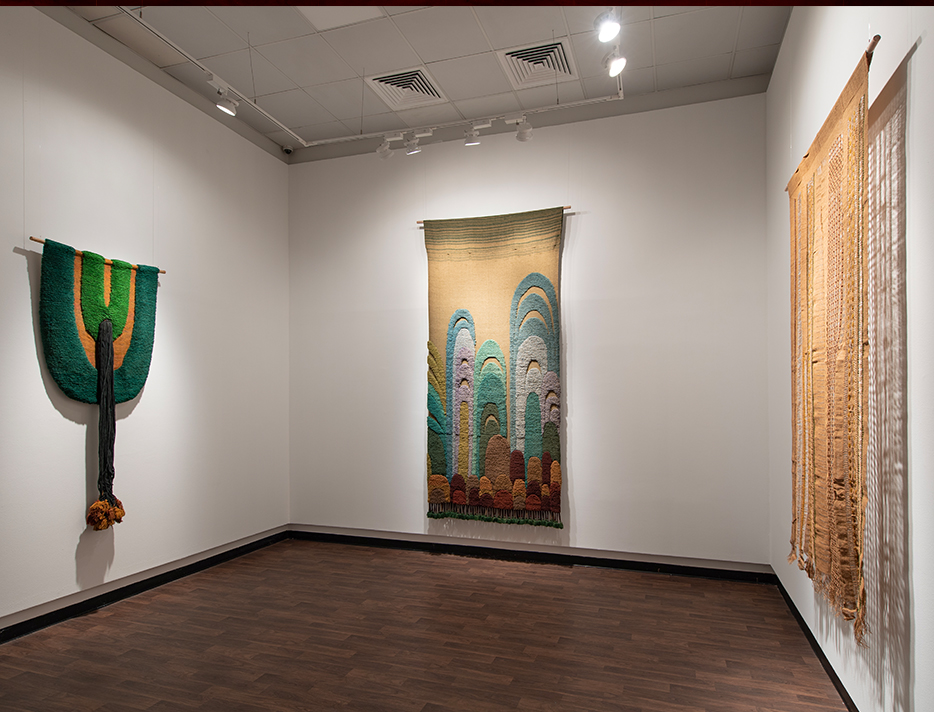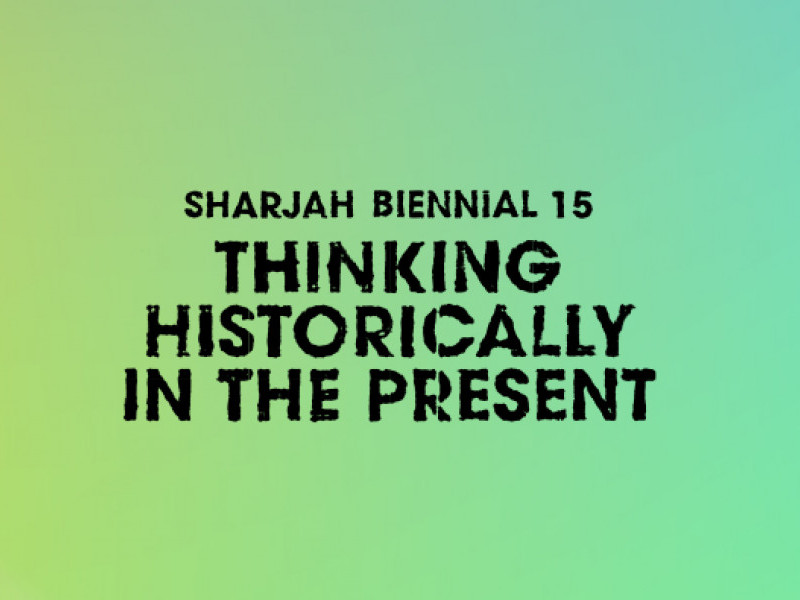At the intersection of textile design, crafts research and activism, Nelly Sethna (1932–1992) applied her skills as a weaver to create new visual languages, departing from the nationalist aesthetics expected of artists in post-independence India. She brought a contemporary sensibility to traditional printed fabrics and materials, mixing Scandinavian modernist ideals with Indian regional techniques such as kalamkari, a printing technique from Andhra Pradesh. Sethna’s figurative tapestries, including her rugs and wall hangings, invite dialogues on colonial histories and identity. Her restless experimentation incorporated designs from the natural world along with geometric and ritualistic diagrams, inflecting traditional weaving materials, such as wool and silk yarns, with additional tonal and textural modulations.


